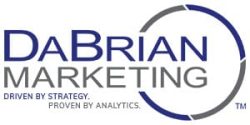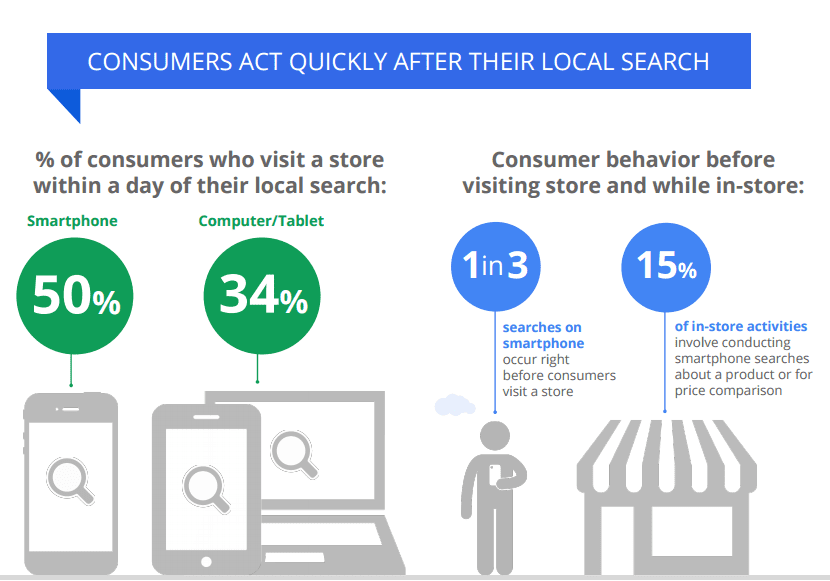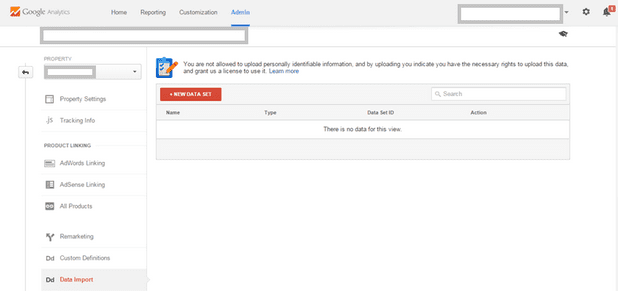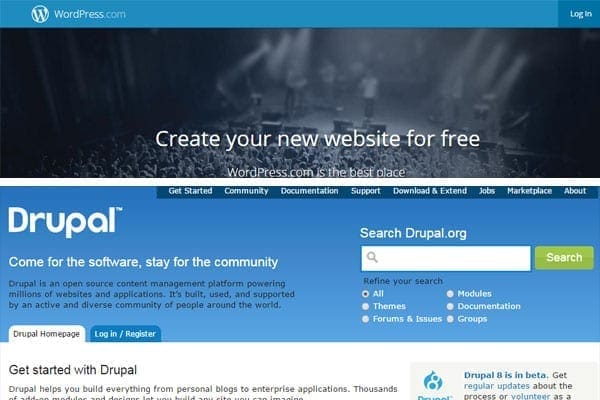With Halloween in a few days, we want to look into why some small business are afraid to run PPC advertising campaigns. After taking a closer look at some of the spooky aspects of PPC, hopefully, you will find that it is not scary, but that Pay per Click is an opportunity to help you increase leads and sales for your business. Here are the top 3 reasons small business are afraid of PPC:
1. Scary Expensive or Scared of Wasting Marketing Budget
Sure you can set a daily and monthly budget to control cost, but that doesn’t mean that it is being used wisely. Did you know that you can schedule your PPC ads to only run during specific hours of the day to maximize the effectiveness of campaigns with limited budgets? In addition, there is geo-targeting for localized businesses, and device specific bidding if mobile or desktop traffic is more valuable for your business. If you are already running PPC, these are a few settings that you might want to check to ensure you are getting the most out of your campaigns.

2. Scary Results (or lack thereof)
As a digital marketing agency, we hear “PPC doesn’t/didn’t work for our company/industry.” Really? Are you sure? Before you dive into doing PPC advertising, set your goals and know how you are measuring success. Are you trying to generate phone calls, form submissions or online ecommerce sales? Whatever the end goal might be, set-up Conversion (or goal) tracking. This can be done within the PPC platform (Google AdWords, Bing Ads, etc.), but ideally it is set-up through web analytics (Google Analytics.) Connecting web analytics to your PPC will allow you to see beyond the basic Impression and Click data, and uncover if there is a problem with your landing page(s) or conversion funnel/process.
If you are already running PPC but are not currently tracking conversions, then this is something that you should set-up ASAP. We cannot imagine anything scarier than spending marketing dollars and having no way of knowing/measuring the return!
3. Scary Complicated and/or Too Time Consuming
Pay per Click may seem simple and easy at first, but there is a reason Google requires a person to pass 2 of 6 different PPC proficiency exams to earn their AdWords Certified status. To properly setup and manage an account one needs to know the ins and outs of the AdWords platform and understand how search (both paid and organic) works. While there are several tools available to help make monitoring and management easier, these are only tools. The person using the tools still needs the skills and know how to make the most out of the tools. For instance, a carpenter can do a lot more with a saw and hammer then a chef can.
If you don’t have the time to learn, set-up and manage your own PPC advertising, we highly recommend that you seek help from someone certified (Google AdWords or Bing Ads) to help manage your PPC. Before you seek the help of just anybody, make sure that you have FULL access to your account and that if for any reason you decide to fire/disconnect from them managing your PPC, that you get to keep your account. Because the second scariest thing we can think up is not having any insight/access to your own PPC account.




